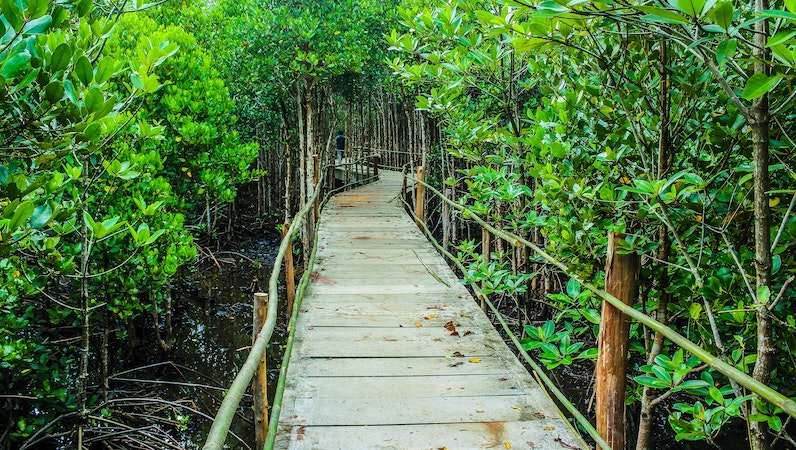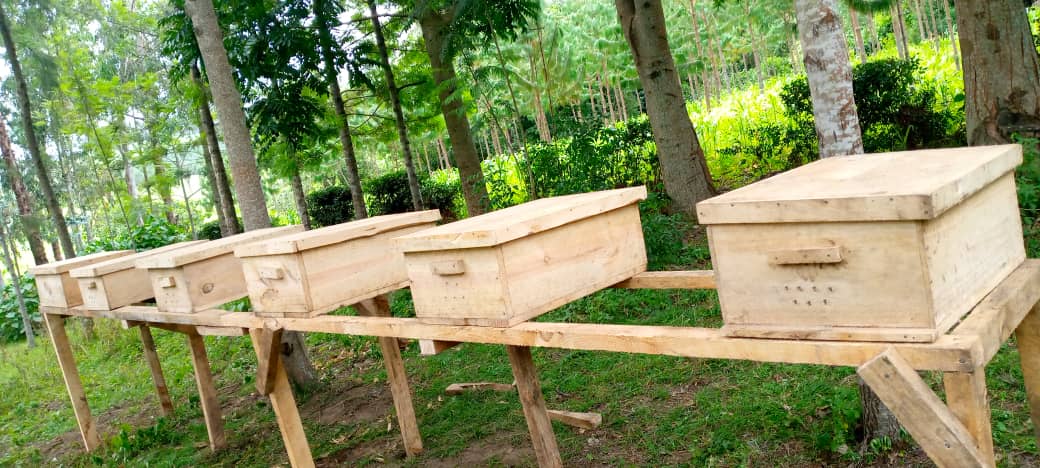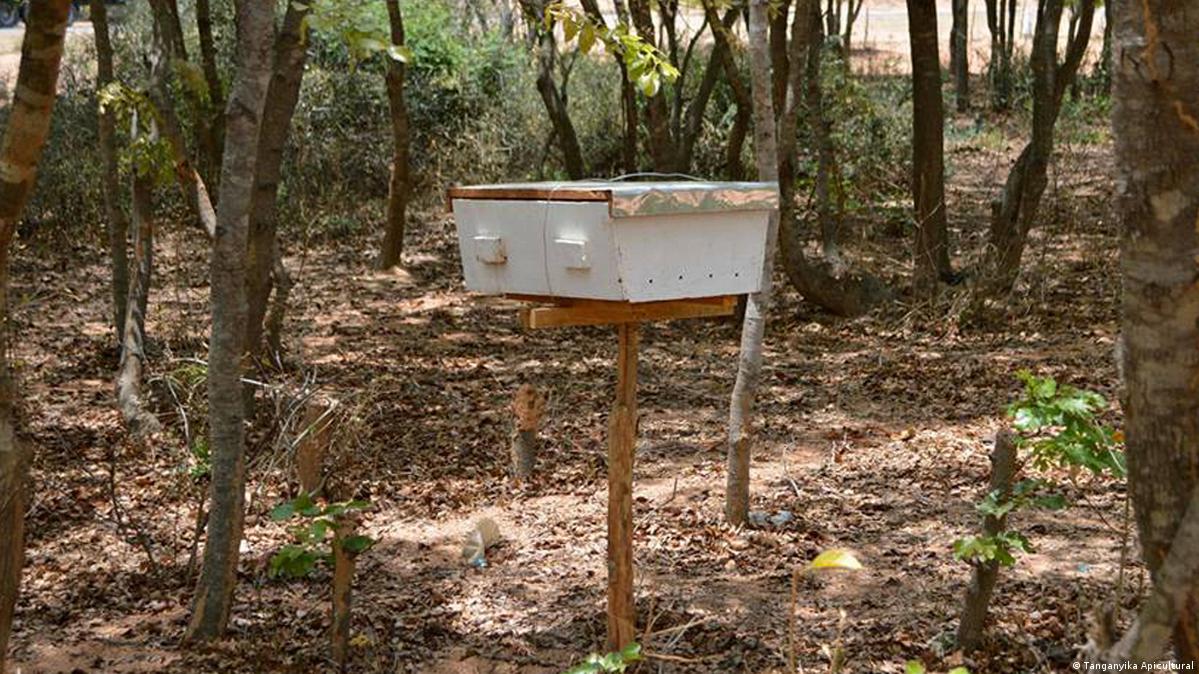Tanzania, known for its incredible natural landscapes and diverse ecosystems, is experiencing a concerning trend of biodiversity loss. This loss of biological diversity, including species extinction and habitat degradation, poses significant challenges to both the environment and the well-being of Tanzanian communities.
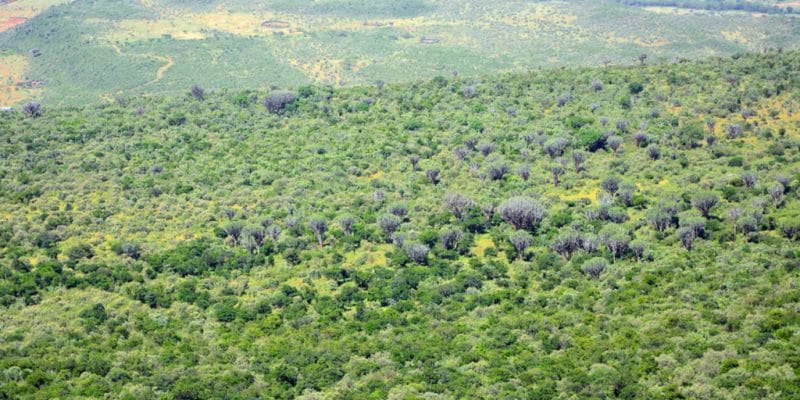
One of the primary causes of biodiversity loss in Tanzania is habitat destruction. Expanding agricultural activities, deforestation for timber and charcoal production, and urbanization are among the key drivers. Forests, wetlands, and grasslands are being converted into farmland, leading to the fragmentation and loss of critical habitats for numerous plant and animal species. As habitats disappear, many species struggle to survive or are forced into smaller areas, increasing their vulnerability to extinction.
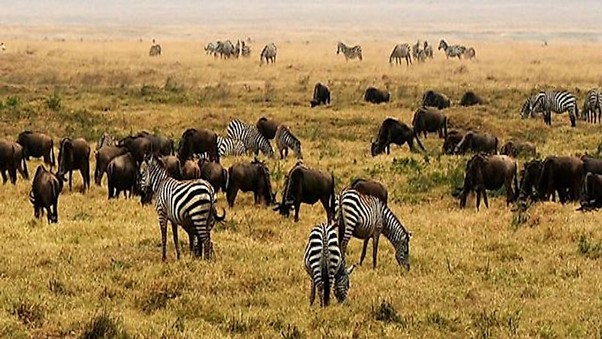
Poaching and illegal wildlife trade also contribute to biodiversity loss in Tanzania. The country is home to iconic and endangered species such as elephants, rhinos, lions, and giraffes, which face significant threats from poachers seeking ivory, bushmeat, and other animal products. Despite conservation efforts and strengthened anti-poaching measures, wildlife crime remains a significant challenge, putting these species at risk of extinction.
Climate change exacerbates biodiversity loss in Tanzania. Rising temperatures, changing rainfall patterns, and increased frequency of extreme weather events impact ecosystems and disrupt the delicate balance of species interactions. Climate change affects the distribution and availability of resources, leading to shifts in species’ ranges, altered migration patterns, and reduced reproductive success. These changes can have cascading effects on the entire ecosystem, affecting plant pollination, nutrient cycling, and the survival of dependent species.
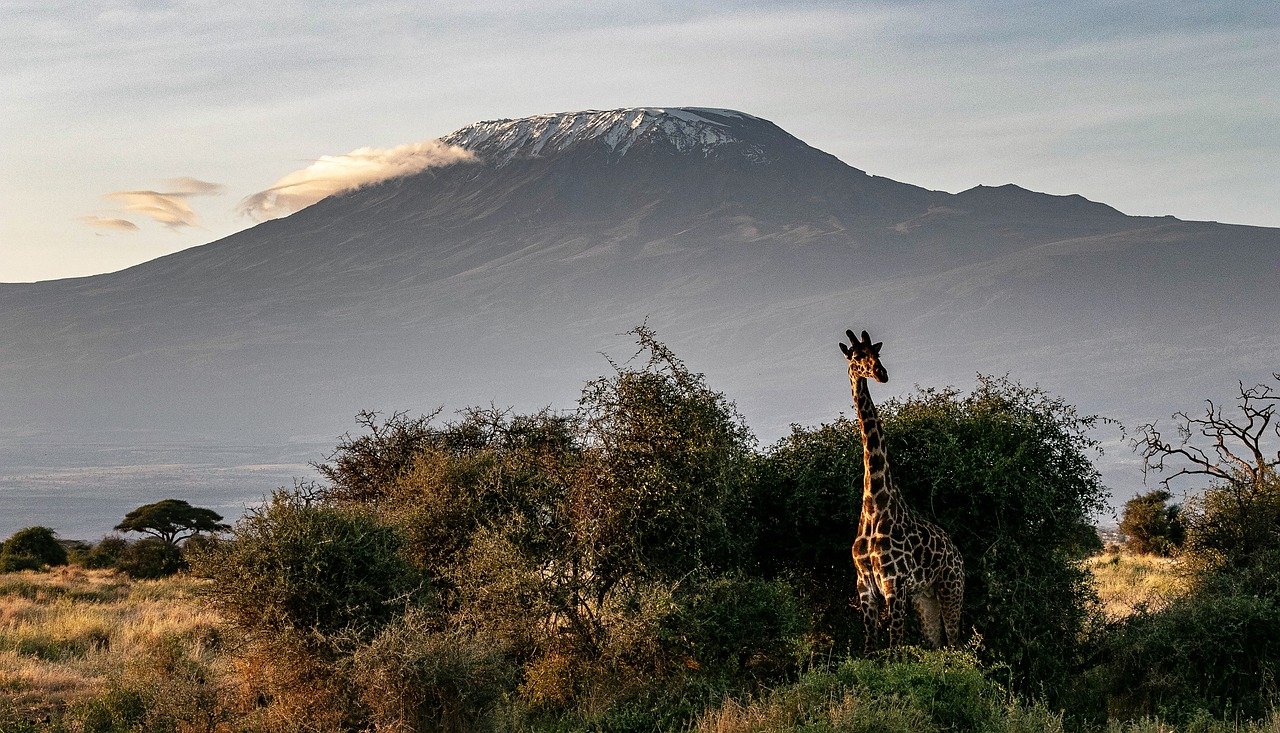
Invasive species pose another threat to Tanzania’s biodiversity. Non-native species, introduced intentionally or unintentionally, can outcompete native species, disrupt ecosystems, and alter natural processes. Invasive plants, animals, and pathogens can spread rapidly, displacing indigenous flora and fauna, reducing biodiversity, and impacting ecosystem functioning.
Biodiversity loss in Tanzania has far-reaching consequences for both humans and the environment. Loss of plant diversity affects agricultural productivity, as diverse plant species provide genetic resources for crop improvement and resilience to pests, diseases, and climate change. Declines in pollinators, such as bees and butterflies, also threaten food security by compromising crop pollination. Furthermore, intact ecosystems provide essential services such as water purification, carbon sequestration, and climate regulation, all of which are vital for human well-being.
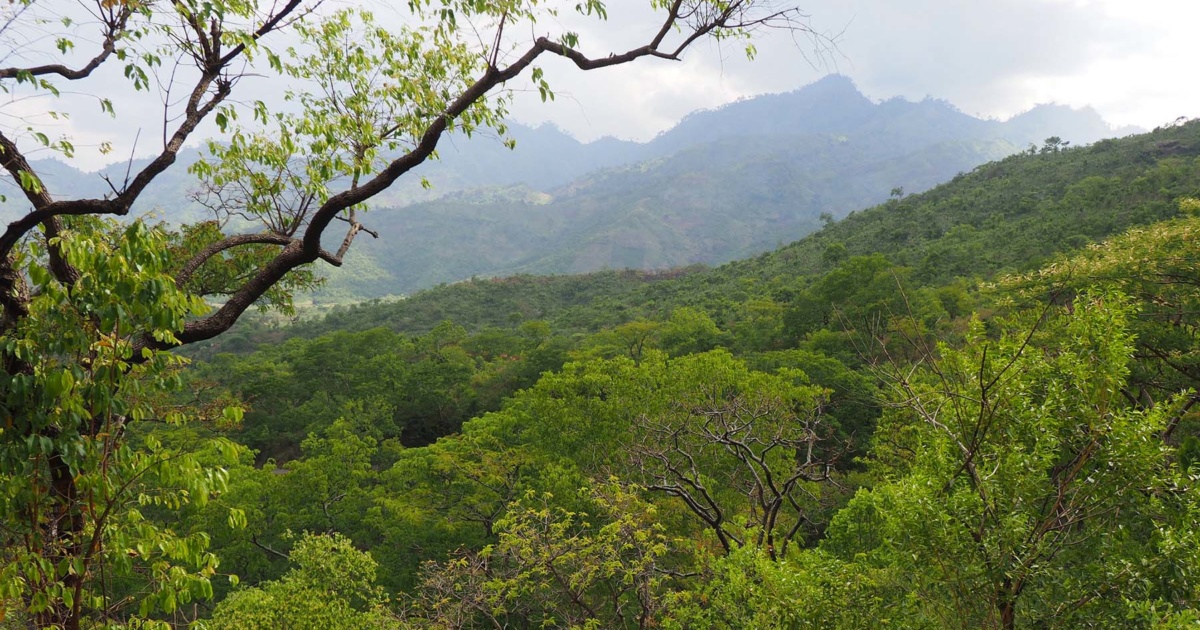
Efforts to address biodiversity loss in Tanzania are underway. The government, in collaboration with conservation organizations and local communities, has established national parks, game reserves, and wildlife management areas to protect critical habitats and safeguard endangered species. Community-based conservation initiatives have empowered local communities to actively participate in biodiversity conservation while benefiting from sustainable tourism and alternative livelihood opportunities.
International partnerships and agreements, such as the Convention on Biological Diversity, provide frameworks for collaboration and support in tackling biodiversity loss. Research institutions and NGOs in Tanzania work on species monitoring, ecological restoration, and sustainable land management practices. Education and awareness programs aim to foster a sense of environmental stewardship among Tanzanians and highlight the importance of biodiversity conservation for sustainable development.
To address biodiversity loss effectively, Tanzania needs to prioritize integrated land-use planning, sustainable agriculture practices, improved law enforcement against poaching and illegal trade, and enhanced ecosystem restoration efforts. Strengthening environmental governance, promoting sustainable tourism, and engaging local communities in conservation decision-making are also crucial steps toward mitigating biodiversity loss.


